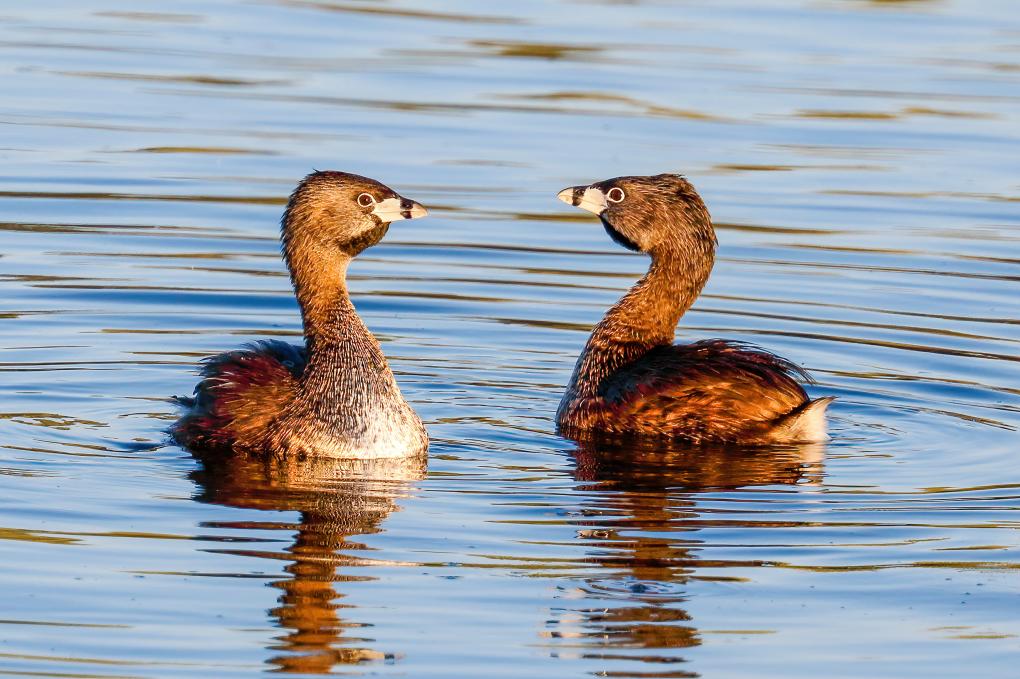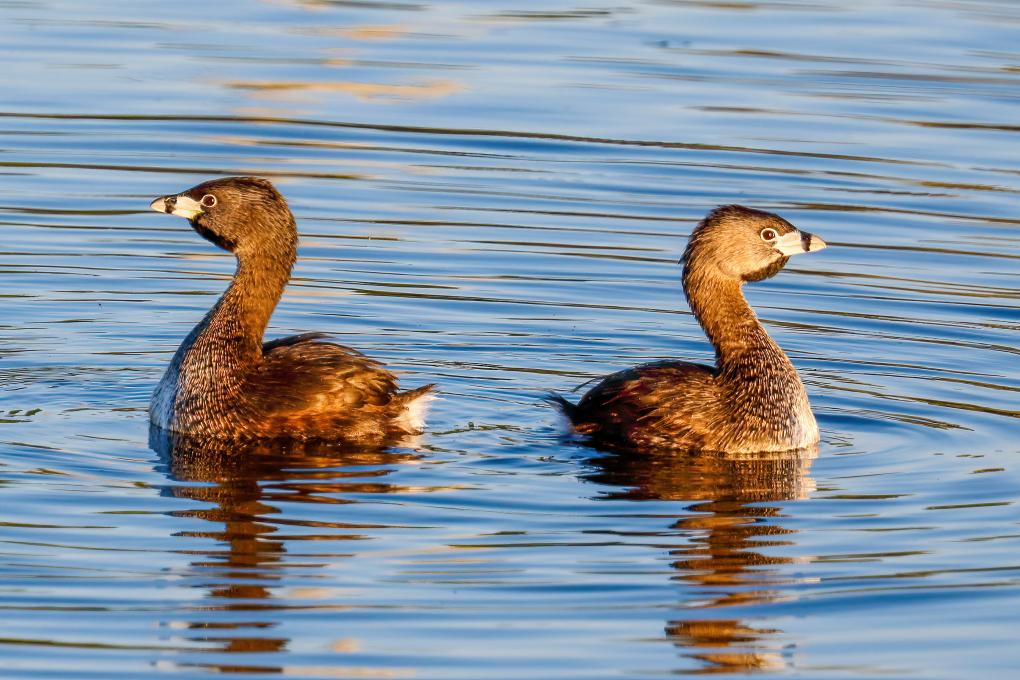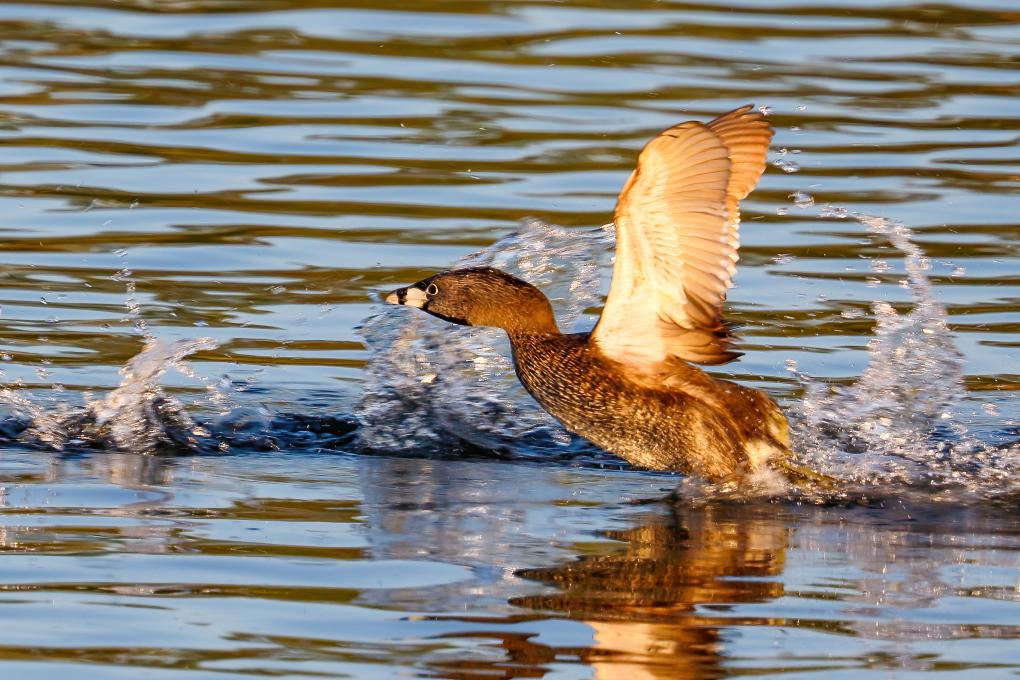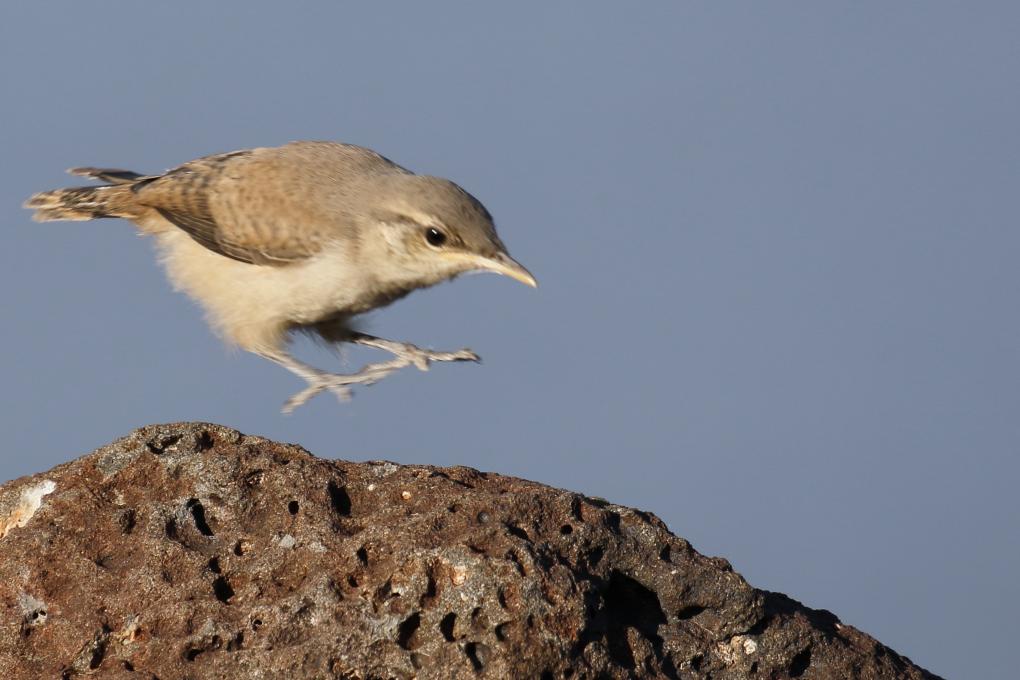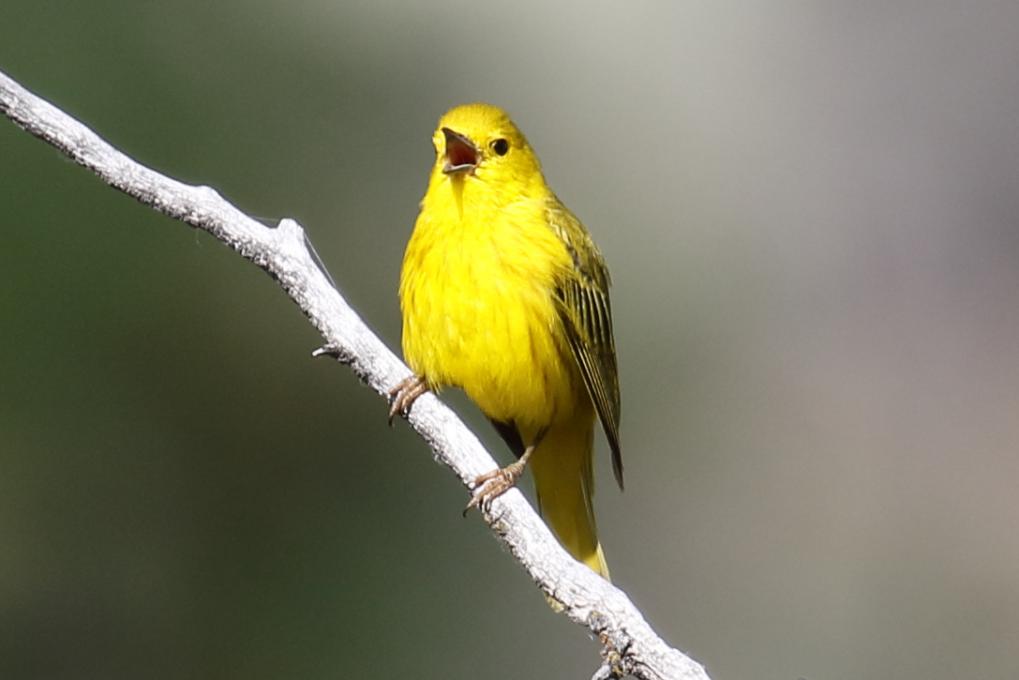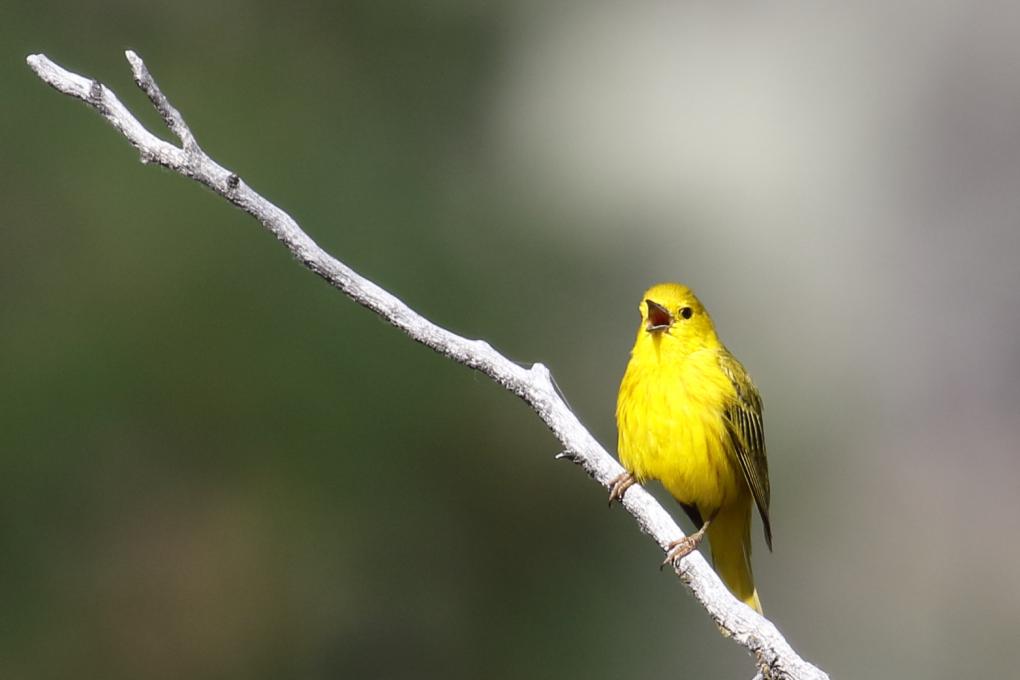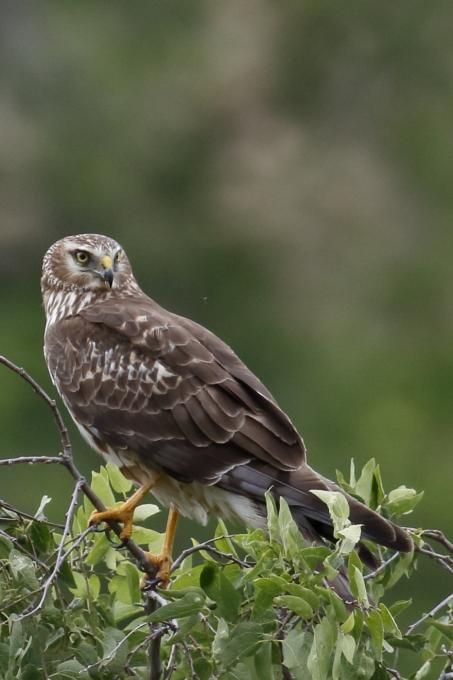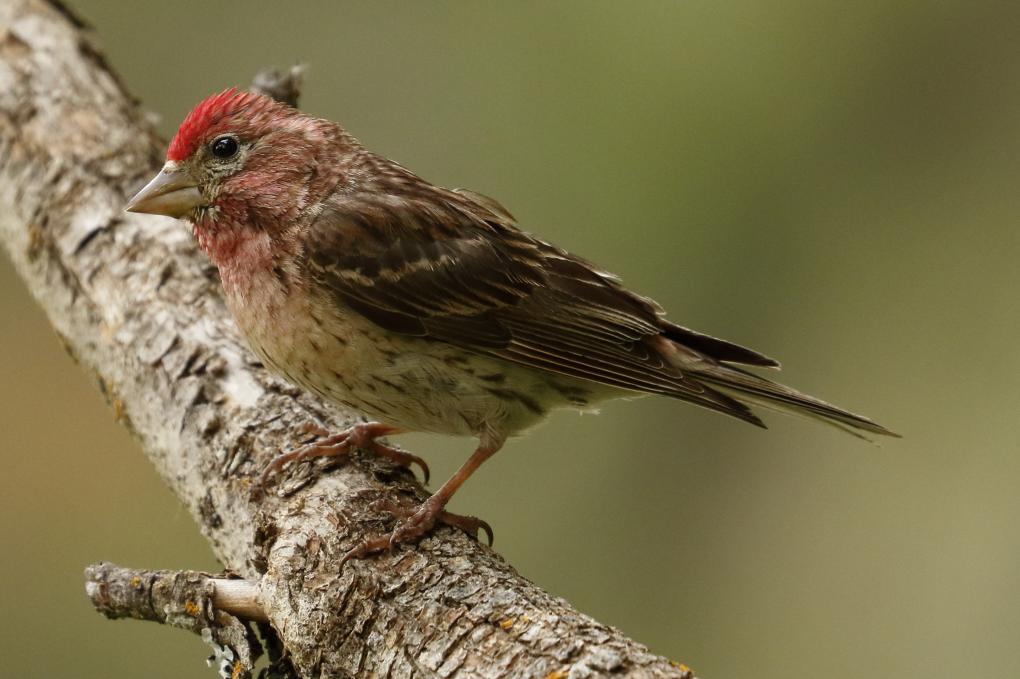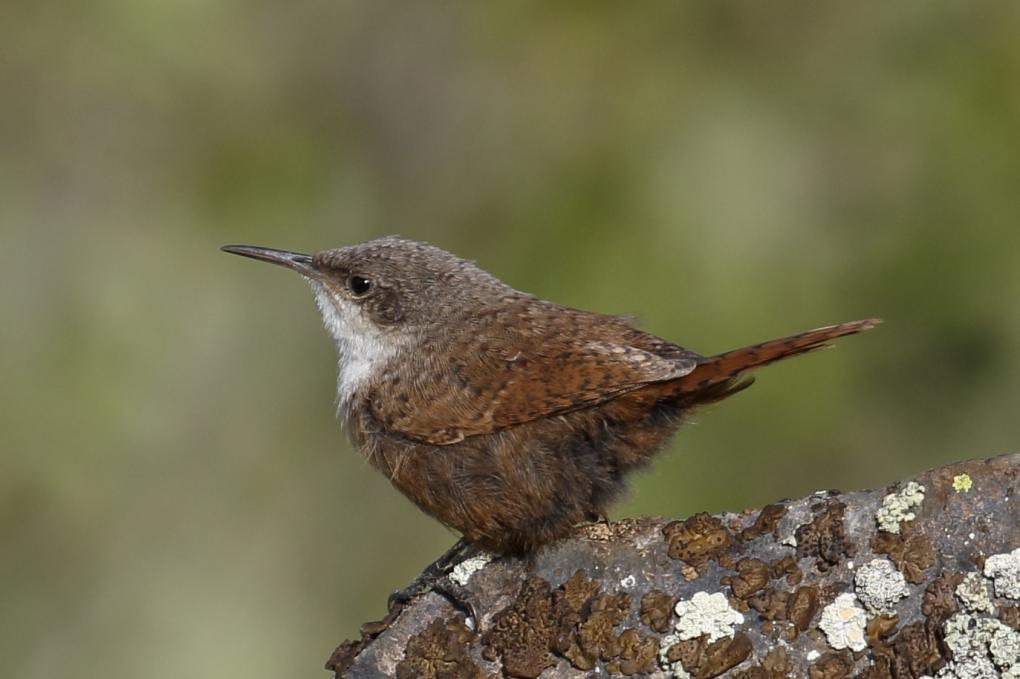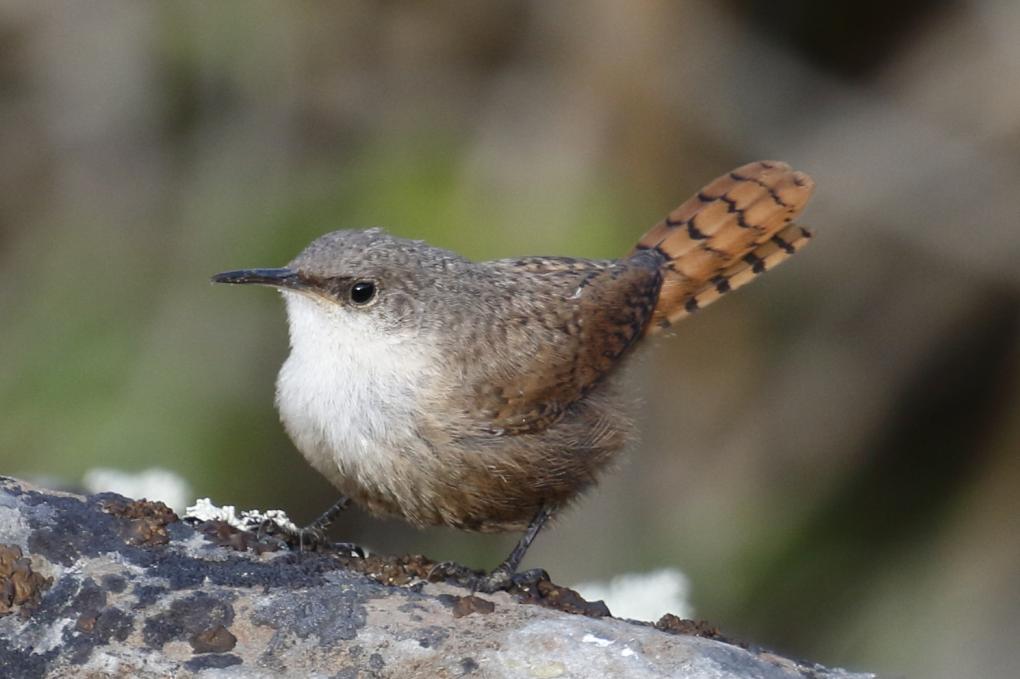Krispen
Forum Replies Created
Viewing 6 posts - 1 through 6 (of 6 total)
-
KrispenParticipantThese aren't the best of my shots, but capturing the experience was well worth the tradeoff. I recently visited a local birding location favorite, a small lake with walking paths through and around it. This time I decided to setup my tripod and looking for something interesting on the lake as the sun was setting behind me. Aside from the usual suspects (mallards, geese, coots, etc), I was tracking and taking shots of a single Pied-Bille Grebe. 30 minutes later a pair showed up and started this interesting ritual. They were both about 16 inches apart from each other and sitting higher up in the water than their normal stealth diving mode. For about 10 minutes, each bird rotated around and around in the water, as if they were both scanning the area to create a panoramic view of their surroundings. As they were doing this, randomly they would align, facing each other, away from each other, looking the same direction, etc. I captured shots of this, and then after this activity, they turned to each other. The grebe on the right opened its beak wide directly at the other with a call a few times (I captured this as well). I assume this is part of their mating ritual. Then, that original single grebe decided he might join the fun and approached the pair after which one of the grebes chased him off. It was super interesting and entertaining to watch! I used Adobe Light Room to edit this set, using some of the principles discussed by Melissa. In particular, I like her suggest to back off on saturation and use vibrance, as it tends to be more subtle. I also reduced some of the shadowing slightly, as it masked some of the finer details. Other than this, one of my biggest challenges is the editing process is knowing when to stop and be satisfied with the output. I will often experiment and like all of the various outputs, and so it is hard to decide which to go with. As a new photographer, I am also starting to pickup on the various editing styles of other photographers. Some really amp up the sharpening and enhance the vivacity of the colors in their shots to the point that the shots look almost surreal (I would consider this a more "augmentative" editing approach). Others are more moderate or conservative on sharpening or just let the original take speak for itself (the "realist" approach), or use noise reduction to create a softer look...but too much of this, I discovered, can make your shots look like oil paintings!



-
KrispenParticipantCapturing birds in flight has been challenging. I typically a shutter speed of 2000 and f/5.6 and auto ISO. I also use some custom tracking settings in my Cannon EOS 7D that are supposed to help. I also use most of the settings Melissa calls out. All this aside, I’m lucky if I can get one out of 20 photos to be focused and clear. Here are a few of my recent shots.

 in reply to: Practice Capturing Birds in Flight #719916
in reply to: Practice Capturing Birds in Flight #719916 -
KrispenParticipantI went to a nearby reservoir and bird Reserve yesterday evening to catch waterfowl and shore birds in the sunset, but ended up spending over an hour with a family of Rock Wrens. They were quite friendly and let me hang out with them until sunset. I have several classically composed takes from the session but I pulled aside a few that I thought were interesting. The first shows the wren nestled next to a rock and has some unusual shadowing. The second is of one wren in immediate flight off of a rock.

 in reply to: Practice Getting Creative and Telling Stories #719886
in reply to: Practice Getting Creative and Telling Stories #719886 -
KrispenParticipantIn this case when I shot this Yellow Warbler and used the thirds rule, there were pros and cons. The pro is that I could see the tip of the branch, which created nice balance and closure. However, the bird is a bit small in the field. So I decided to break the rule and center the bird. Ideally, I could have negotiated with the warbler and got him to move up the branch a bit. That wasn’t happening though! :-).

 in reply to: Practice Crafting Great Bird Photos #719432
in reply to: Practice Crafting Great Bird Photos #719432 -
KrispenParticipantI have been into birding since I was a child but have never acquired a decent camera system to document by passion. I have been using my phone! Ha ha. I decided to take the leap into professional gear and so 6 weeks ago I purchased a Canon EOS 7D camera and EF 100-400mm f/4.5-5.6L lens. I’m really loving the clarity and power of this lens!


 in reply to: Practice Matching Your Gear to Your Goals #719074
in reply to: Practice Matching Your Gear to Your Goals #719074 -
KrispenParticipantI am very intrigued by the Canyon Wren, and especially its song, which reminds me of a small toy engine running out of batteries. :-). The first time I saw and got a shot of one was along a rock cliff, but not by water. I never spotted one again at this location. The research told me that in addition to rocky canyons, they are also likely to be near water. Hence, this evening I visited a beautiful rocky canyon that starts at the top of a 100 foot cliff and descends to a river. I observed many Canyon Wrens this time! I was able to sit down on a rock, stay still and quiet, and spot several of them. The research also indicated that they will often disappear into the rocks and pop up again, so I remained patient.

 in reply to: Practice Understanding Birds for Better Photos #718821
in reply to: Practice Understanding Birds for Better Photos #718821
Viewing 6 posts - 1 through 6 (of 6 total)
